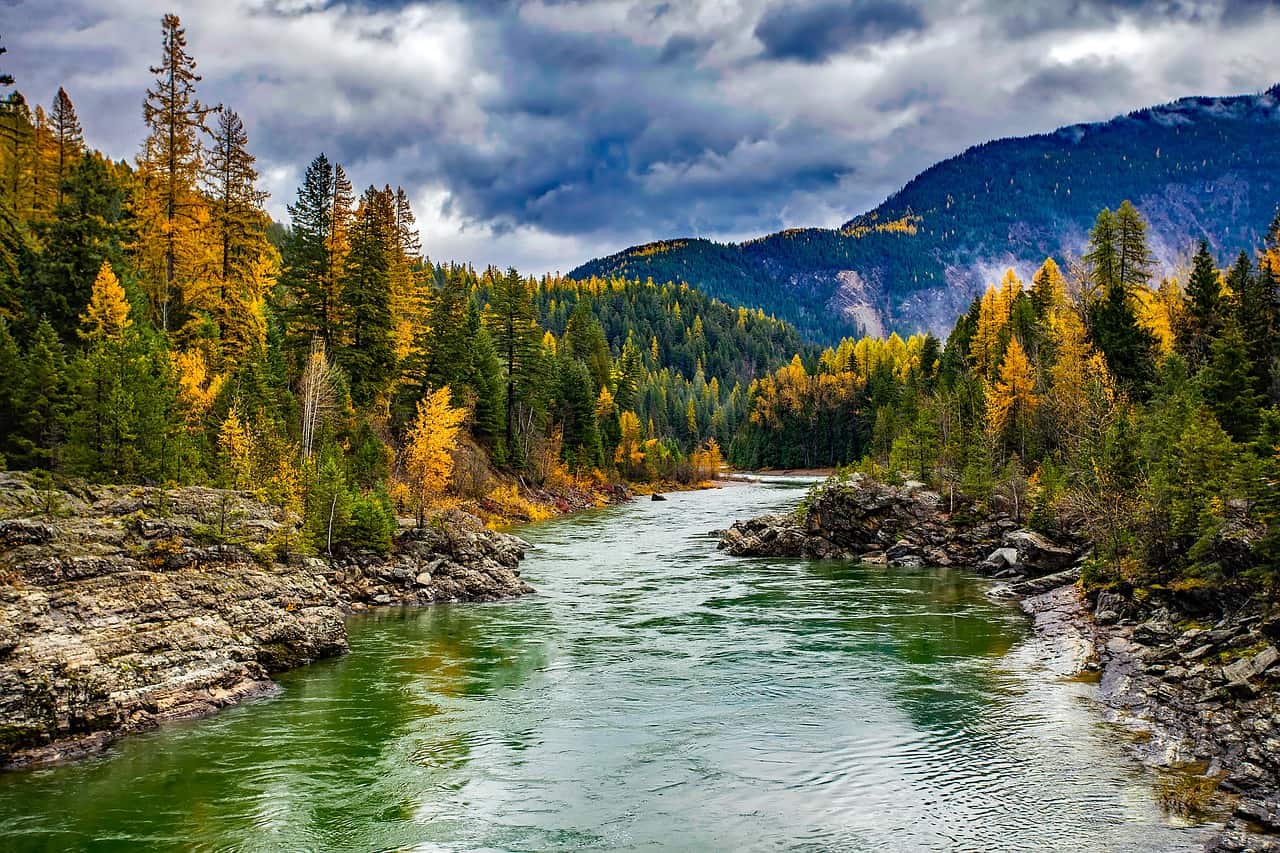“Forests in the Pacific Northwest have enormous carbon storage potential,” a scientist says.
The United States should set about creating a collection of forest reserves in the western part of the country to protect biodiversity and ensure a highly effective carbon sink against climate change remains intact.
This suggestion comes from a team of scientists who view the country’s natural woods in the ecologically diverse region as “America’s Amazon” and stress that doing so would be “the lowest-cost climate mitigation option” because these old-growth forests can store vast amounts of carbon in their trees, vegetation and soil.
In addition, these relatively untouched forests provide habitats for diverse wildlife and freshwater for people.
“Policymakers, including those in the Biden administration, frequently talk about the need to protect forests in developing countries,” says Bev Law, an ecologist at the College of Forestry at Oregon State University who was one of the authors of a study.
“Forests in the Pacific Northwest have enormous carbon storage potential but U.S. public lands are often overlooked. Little attention has been given to the nexus of high carbon density and high biodiversity forests in the temperate region, and their importance to climate mitigation and adaptation,” the researcher adds.
Such initiatives in the northern hemisphere will be especially important in coming years and decades as many tropical rainforests, including much of the Amazon, have been decimated and are fast losing their ability to serve as effective carbon sinks.
For their analysis, the American scientists examined the protection levels of vast swathes of forest in 11 states from Washington to California and from Nevada to Montana. Boosting the propection status of many forests in these states could ensure their continued survival, they note.
“To achieve 30% protection of forest area in the West by 2030, an additional 25 million acres of forest must be protected at these levels,” Law observes. “Protection at the level equivalent to wilderness would be best for biodiversity, which would increase the additional needed acreage from 25 to 36 million acres.”
At the moment, only an average of 14% of forest area in the studied region are listed as permanently protected, the rate ranging from a mere 7% in Oregon to 37% in Wyoming. “That means region-wide, protection of areas equivalent to wilderness designation would need to increase by 16% to achieve the 2030 target and 36% to meet the 2050 goal,” the scientists say.
“Currently, the percentage of forest habitat preserved for bird, mammal, amphibian and reptile species is about 18% for each of them, and 14% for tree species,” the experts note in a statement on their findings.
“Preserving more old-growth forest would help birds such as the threatened marbled murrelet and northern spotted owl. Large, threatened carnivores such as the gray wolf and Canada lynx would benefit as well from expanded regional forest protections,” they eludicate.
Stepping up protection measures is of great urgency if we are to save the habitats of several critically endangered species, especially in the face of climate change. In addition, these forests perform vital roles for communities that depend on them.
“We are pushing ecosystems to the point where they may not recover unless we take aggressive actions to reduce atmospheric greenhouse gases and protect plants, animals and the rich natural reservoirs of carbon. “In Oregon alone, 80% of drinking water comes from forested landscapes, and protection would help address water scarcity and provide security in the face of climate change,” Law says.
“Strategic forest reserves could be established on federal lands through executive action, regulation and rule-making and could be a low-cost way to simultaneously meet goals of protecting forest carbon to mitigate climate change and protecting biodiversity,” the scientist adds. “Private and tribal lands present substantial opportunities for increasing carbon storage and protecting biodiversity through incentives, voluntary conservation measures and fair market acquisition.”
This story first appeared on Sustainability Times
© 2021 Sustainability Times.
This article is licensed under a Creative Commons Attribution-ShareAlike 4.0 SA International License.












